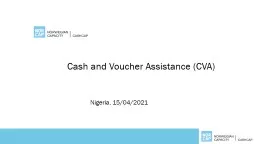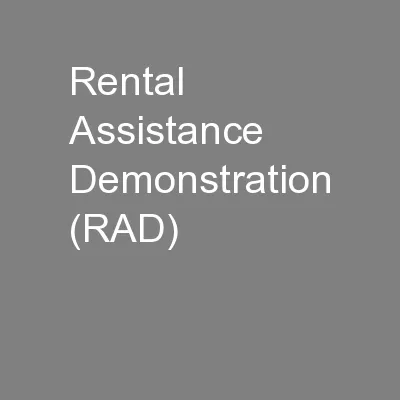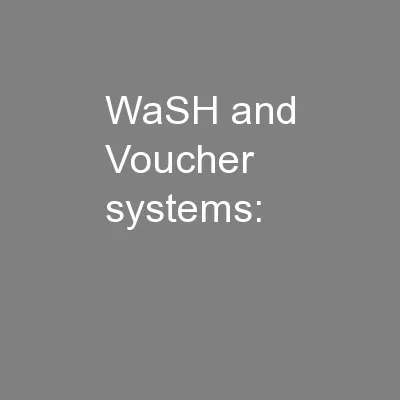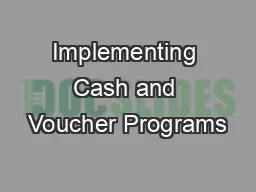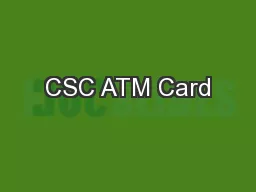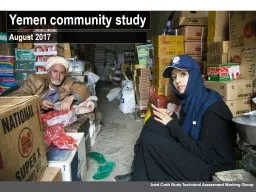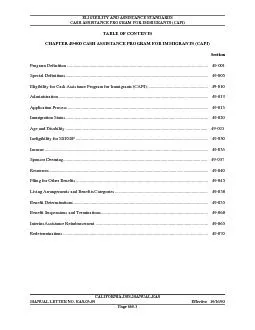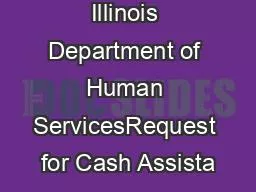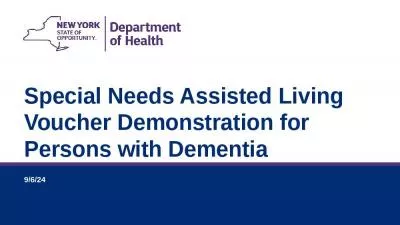PPT-Cash and Voucher Assistance (
Author : eve | Published Date : 2022-05-18
CVA Nigeria 15042021 Ground rules Questions Type 1 Raise hand in zoom and ask the question with the video on when your turn is given 2 Put the question in the chat
Presentation Embed Code
Download Presentation
Download Presentation The PPT/PDF document "Cash and Voucher Assistance (" is the property of its rightful owner. Permission is granted to download and print the materials on this website for personal, non-commercial use only, and to display it on your personal computer provided you do not modify the materials and that you retain all copyright notices contained in the materials. By downloading content from our website, you accept the terms of this agreement.
Cash and Voucher Assistance (: Transcript
Download Rules Of Document
"Cash and Voucher Assistance ("The content belongs to its owner. You may download and print it for personal use, without modification, and keep all copyright notices. By downloading, you agree to these terms.
Related Documents

